Whether you buy new clothes online or at the mall, they are made from the same materials: polyester, cotton, nylon, wool, leather…
If you're looking for eco-friendly alternatives, you can buy clothes made from linen, organic cotton, or recycled polyester.
But how many times have you found a piece of clothing made from pineapples, cacti or apples? What about fabrics made from mushrooms or seaweed? Here are the top 10 most innovative materials for making clothes and accessories.
10. Apple skin

First on the list is a bio-based material made from by-products of apple juice production.
When apples are pressed to extract juice, bits of pulp and skin are left behind. These by-products contain a lot of cellulose, which is great for making new fabrics.
Apple pulp is ground into powder and then mixed with a synthetic material called polyurethane. The end result is what the material's creator, Swiss Hannes Parf, calls Appleskin.
Apple skin is soft and durable and is used to make clothing, upholstery, and small accessories such as wallets or bags.
Allégorie, Oliver Co., Veerah and Samara are a few brands that use apple skin to create beautiful and sustainable products.
9. Ephea mushroom skin (mushroom mycelium)

Balenciaga recently introduced a coat made from Ephea, a non-toxic and eco-friendly alternative to leather and synthetics.
This material is made by Sqim, from mycelium, the thread-like mass that makes up the vegetative body of mushrooms. Mycelium digests part of the substrate on which it has grown and binds the substrate particles into a mass suitable for forming the final material.
8. Vegea

Vegea, also known as wine leather, is a fabric made from the leftover skins of grapes, a by-product of winemaking and the production of vegetable oils.
It is estimated that for every 10 litres of wine produced, 2.5 litres of waste is generated. Luckily, this waste can be recycled into one square metre of wine skins!
To produce Vegea, grape pomace, which consists of grape skins, stems and seeds, is first dried. It is then mixed with vegetable oil and water-based polyurethane.
The mixture creates a bio-based material. The production process eliminates the use of toxic chemicals, hazardous solvents and heavy metals.
Some well-known brands that already use Vegea include Ganni, James & Co and Pangaia.
7. Pinatex

Pineapple leather, or pinatex, is a textile made from the fibers of pineapple leaves. These fibers are extracted using special devices, washed, dried, and cleaned of impurities.
The fluff-like fiber from pineapple leaves is mixed with corn-based polylactic acid and turned into a non-woven mesh called pinafelt. It is dyed using pigments and coated with polyurethane resin, making the material stronger and more waterproof.
Pinatex is already used by over 1000 foreign brands, including Svala and No Saints.
6. Orange fabric

Did you know that between 110 and 120 million tons of citrus waste are generated worldwide each year? Italian company Orange Fiber decided to do something about it and created a soft and lightweight fabric from the by-products of orange juice production.
The company uses hundreds of thousands of tons of orange waste to produce its orange fiber. It extracts the cellulose from the peel using a patented process and turns it into fiber, which is then spun into yarn.
It is then woven into a soft, lightweight fabric similar to silk. It can be shiny or opaque, depending on the end use.
Italian luxury brand Salvatore Ferragamo has collaborated with Orange Fiber to release a capsule collection of women's clothing made from orange fabric.
5. Cactus leather

Cacti are amazing plants! They naturally restore soil, help prevent erosion and desertification, and can absorb up to 30% of their body weight in carbon dioxide. And they can be made into fabric!
Organic Cactus Leather (Desserto), developed in Mexico, is made from the Nopal (or Opuntia) cactus. Only mature cactus leaves are harvested, meaning that no cacti are harmed in the process. Cacti also require very little water to grow, and there is no need to artificially irrigate them or add pesticides to the soil.
Once the leaves are cut, they are ground and dried for several days. They are then mixed with non-toxic chemicals and finally attached to a substrate. The exact process is a secret, but it is known that all the manipulation of the cactus leaves results in leather that lasts at least 10 years.
More and more brands are creating products from cactus leather, including Blackwood, Allégorie, Miomojo and KEVA.
4. Econyl

Fishing nets have been made from nylon for over 50 years and are the largest source of ocean pollution.
Luckily, Aquafil has found a way to recycle and reuse discarded fishing nets. It has created econyl (eco-nylon), a fabric made from recycled nylon yarn from fishing nets, textile scraps, and other synthetic waste.
The refining process returns the nylon to its original purity. It is then processed into yarn. The final material, econyl, can be recycled indefinitely without loss of quality.
Patagonia, Stella McCartney, Girlfriend Collective and Wear Your Waste all offer Econyl products.
3. Textiles based on algae
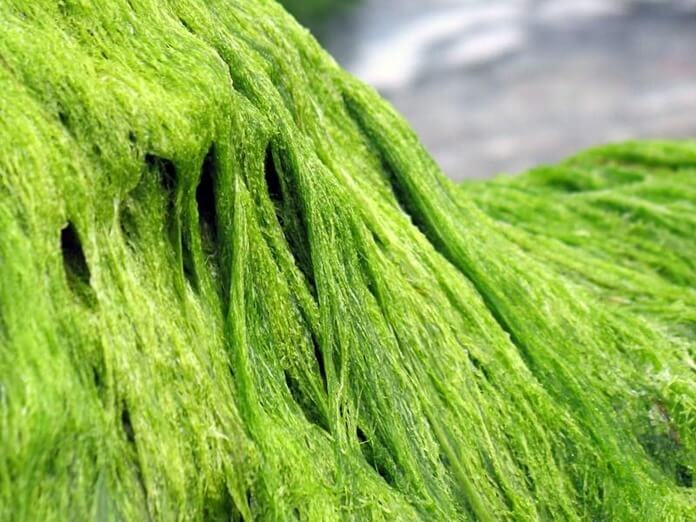
The Israeli startup Algaeing is creating this unusual textile. It is collaborating with another company, Algatech, which grows algae in vertical stacks using solar energy and seawater.
The algae are then turned into a liquid that can be used as a dye for textiles. By adding cellulose to the liquid, fibers can be created for the textile industry.
The production process is energy efficient and does not contain hazardous chemicals.
Well-known brands that use algae in their products include Dr. Scholl's Shoes and Pangaia.
2. Lyocell
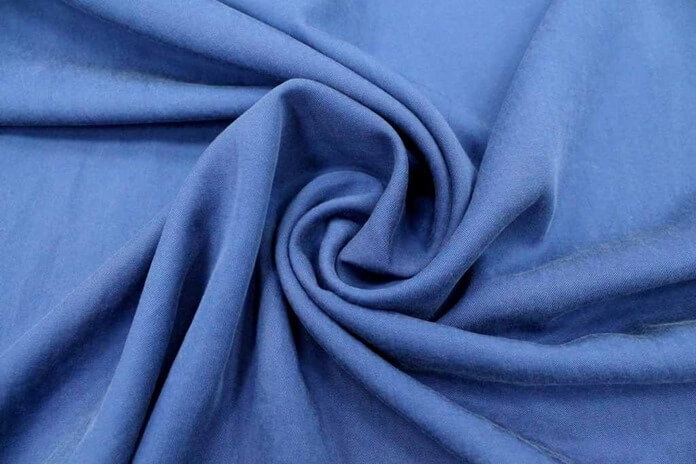
This is a type of artificial silk that has been gaining popularity in recent years as more and more brands are making clothes from it. There are different types of lyocell, the most well-known of which is Tencel.
Tencel is made from eucalyptus fibres that are ground up and mixed with a solvent, then dried. The mixture is forced through tiny holes to create threads, then chemically treated, and then spun into yarn.
This fabric breathes, wicks away moisture well, and is as wear-resistant as cotton. It is used to make bed linen, workwear, and regular clothing. Tencel has been adopted by companies such as TAMGA Designs, Saint Basics, Amour Vert, and Eileen Fisher.
1. Lotus fabric
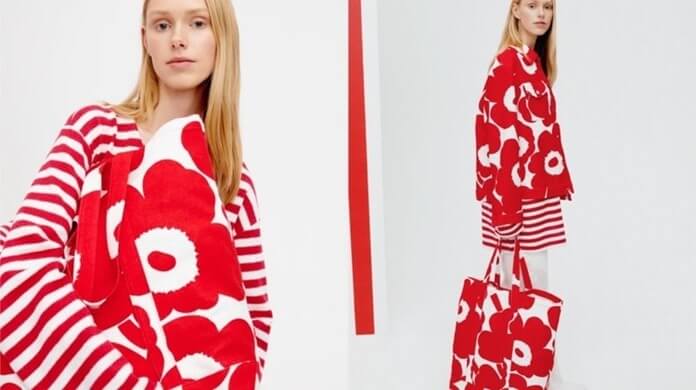
This unusual innovative fabric looks like a blend of silk and linen. It is wrinkle-resistant, making it ideal for clothing and accessories. It is soft to the touch, stain-resistant and 100% waterproof.
The production process of lotus fabric is based on ancient technologies. It is very labor-intensive, as it is done manually.
After the stems of the lotus flowers are picked, workers very delicately, by hand, extract the microfibers from the stems. The fibers are then dried and carefully spun into thread that will be used to weave clothing.
You can find beautiful lotus flower clothing and accessories in the Jungley and Lotus Paradis collections.

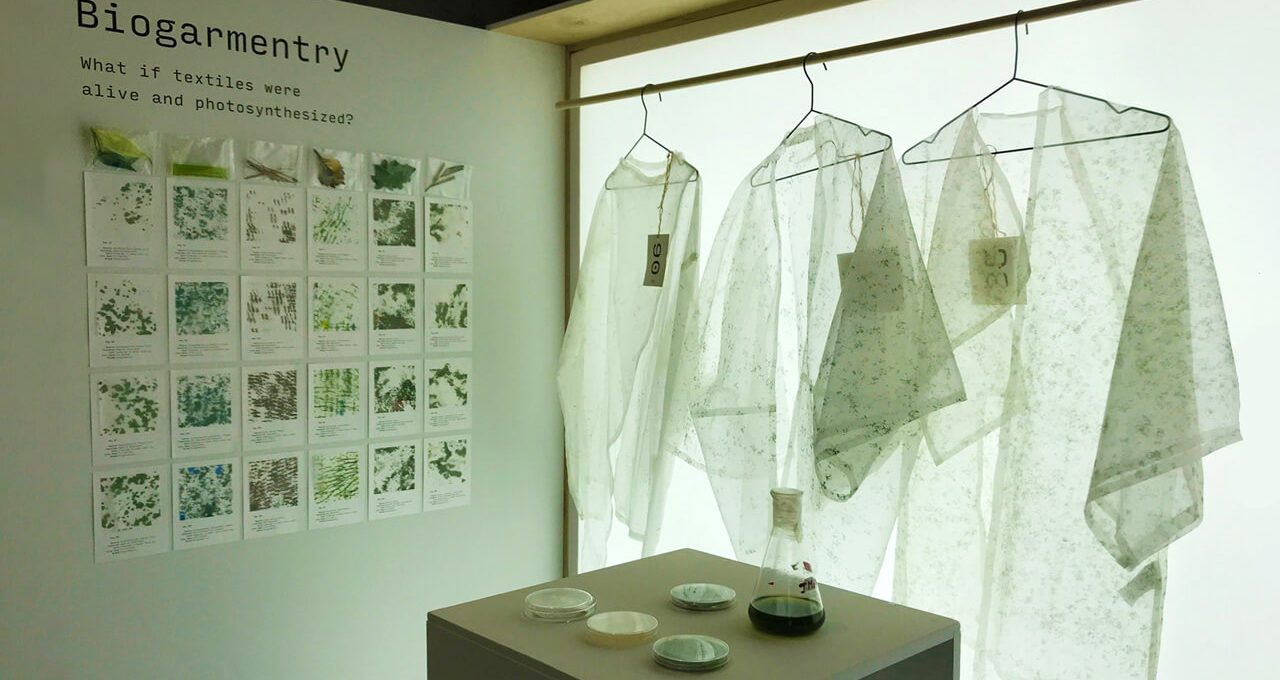





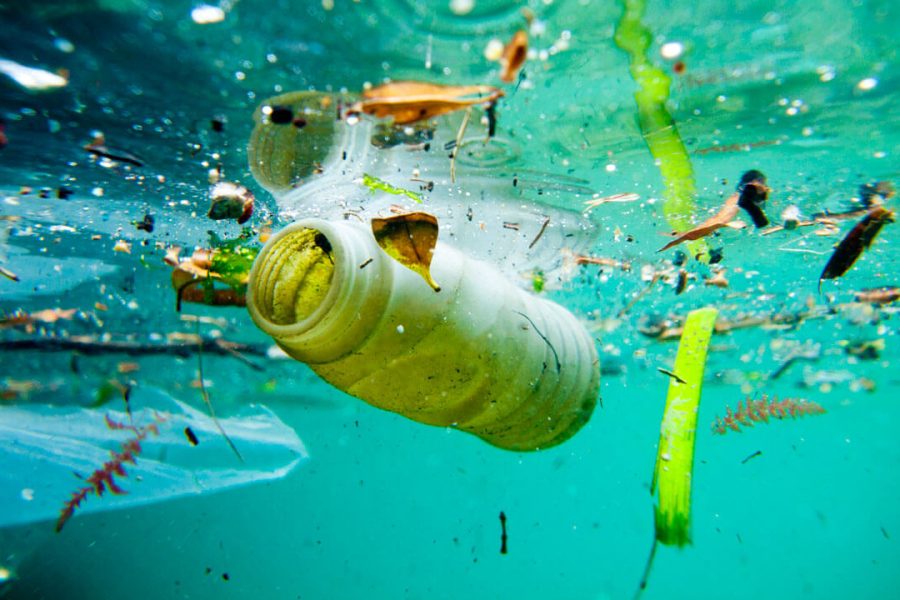






Оставить Комментарий